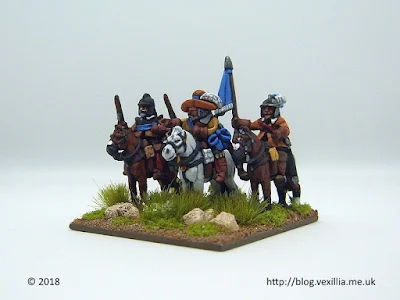
The box has LED lights in a strip across the top which takes power from the PC via a standard USB cable. The sides have magnets in them so it is easy to assemble and disassemble. It folds flat when not in use. Plus it comes with two backgrounds (white & black) and a nice bag for ease of storage.
My previous photography set up was dependent on lots of natural light and a lot of digital processing to get a half decent image. So when my new toy arrived I was keen to see if it would really make things easier.
Thankfully it did so I thought I'd document & illustrate the process.
You can use the "lightbox" feature to view all of the images in sequence by clicking on any image. However you will only see some changes if you maximise the size of your browser window. With small browser windows some images will look the same.
Step 1
As I planned to use the light box in the evening I took the trouble to adjust the white balance of my digital camera to match the light provided by the LEDs. This was a matter of seconds or minutes if, like me, you had to read the manual first. Without this step the colour balance of photos taken in the light box looks weird.
Step 2
I then took a photo and transferred it to the PC. I use a mini-tripod and a timer so that there's no camera shake. After all the figures are only 15 mm.
Step 3
This is the first digital processing step. The image was cropped using Shotwell on linux (other programs are available). I set the aspect ratio (either 4:3 or 16:9) and made sure that the subject was in the centre of the cropped image:

Step 4
Before I had the light box this step would have involved a lot of faffing about because either the image was far too dark or the standard image adjustment options just didn't work well enough.
Now all I had to do was quickly adjust the image with IrfanView (Windows). First I used the auto-adjust colour command (Shift-U):

Next I resized the image. This is a one step operation which includes sharpening the picture (Ctrl-R). It took seconds to produce both 1024 and 800 versions:


The reason I did two versions was to see which size looked the best. I find large pictures helpful if I want so see how someone has painted a figure but if the picture is too big 15 mm figures don't always look their best. I think the 800 by 600 image looks best for single elements. I will use the larger image for groups shots.
Step 5
The final step was to add a little branding and copyright text.

Summary
Overall the new light box was much quicker to set up and easy to use. The big bonus is I have to do hardly any image processing to get a decent image. I recommend this new toy wholeheartedly.
.png)

1 comment :
I would like to point out that the levitating version costs extra.
Post a Comment